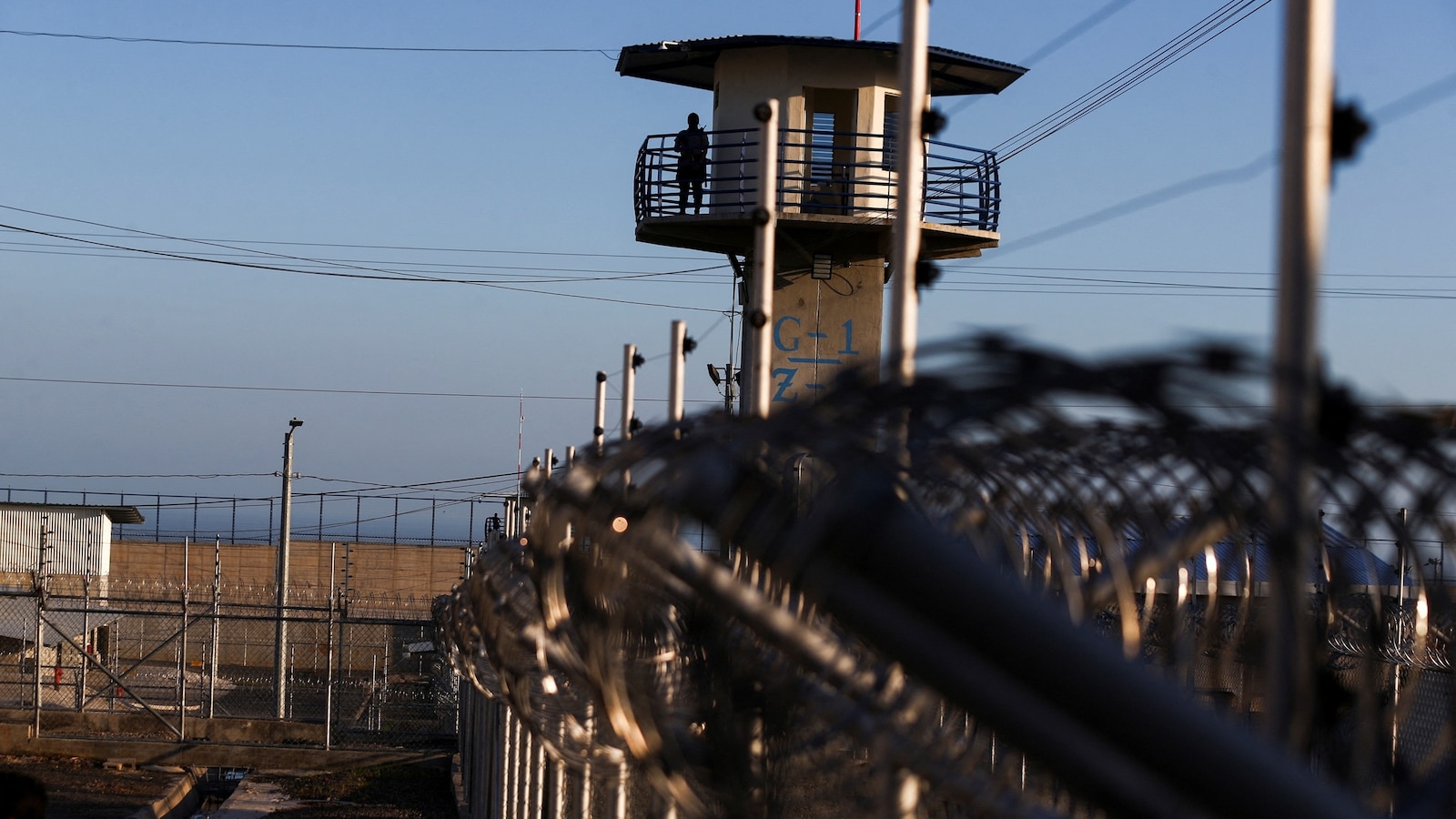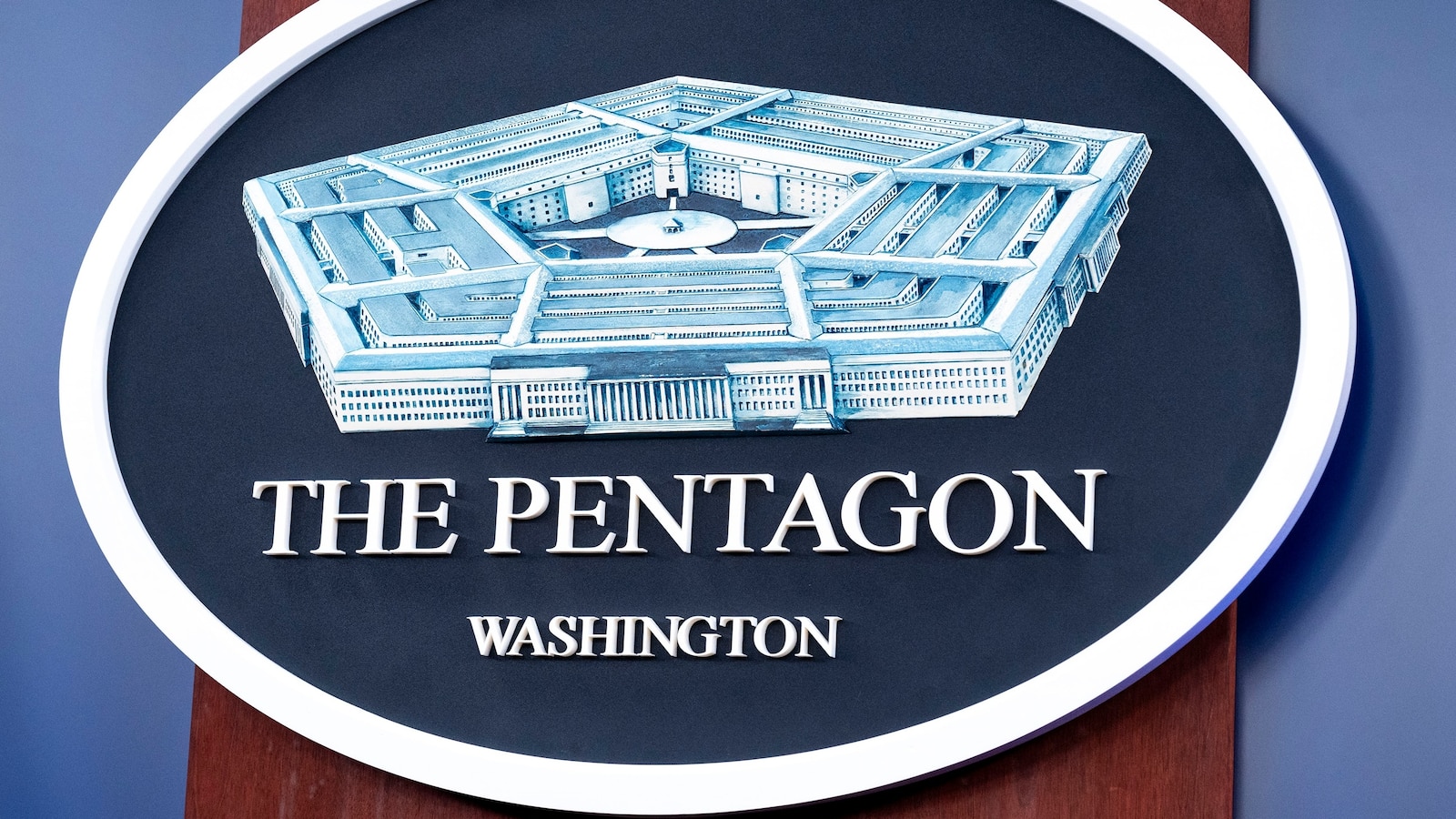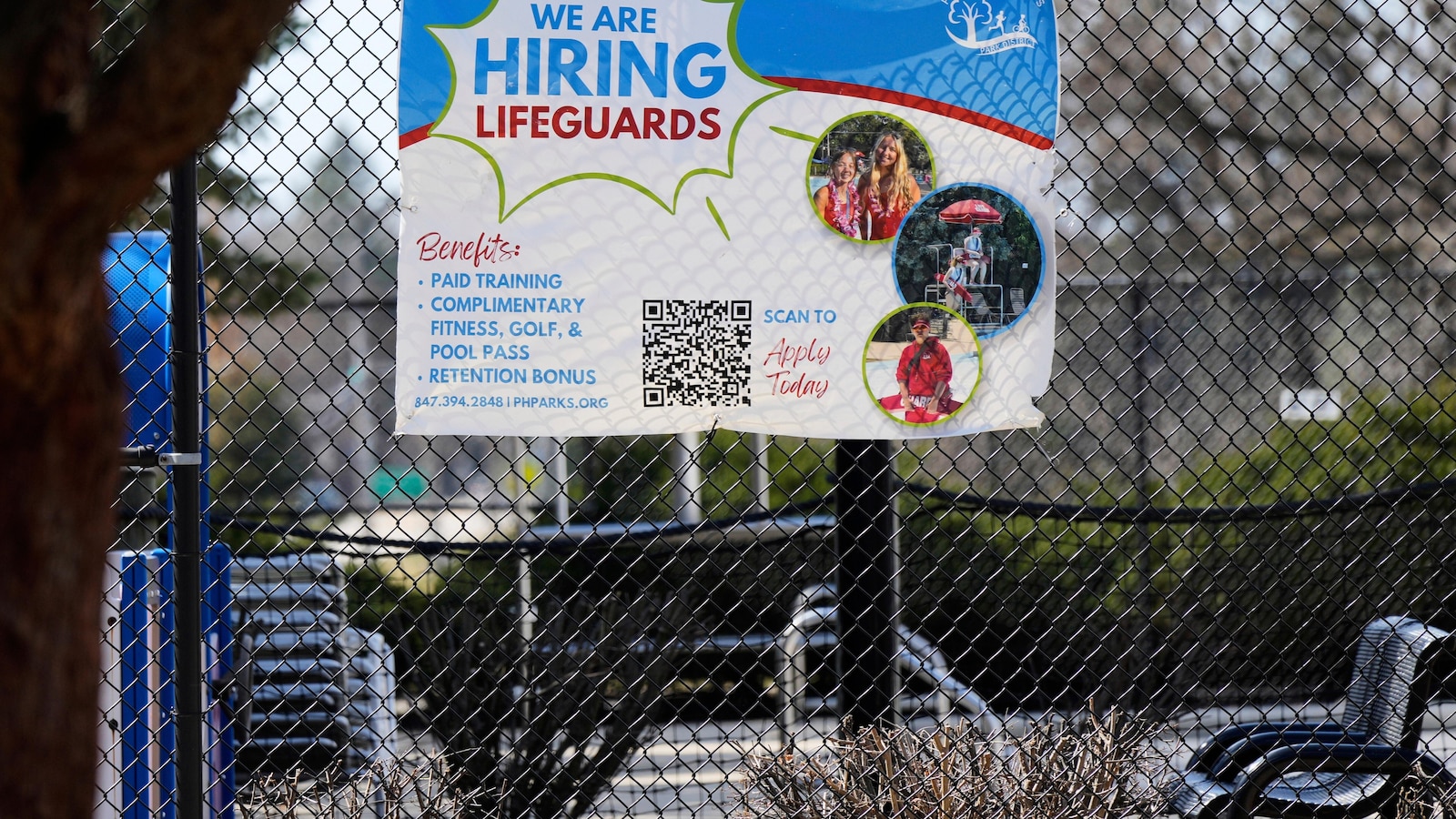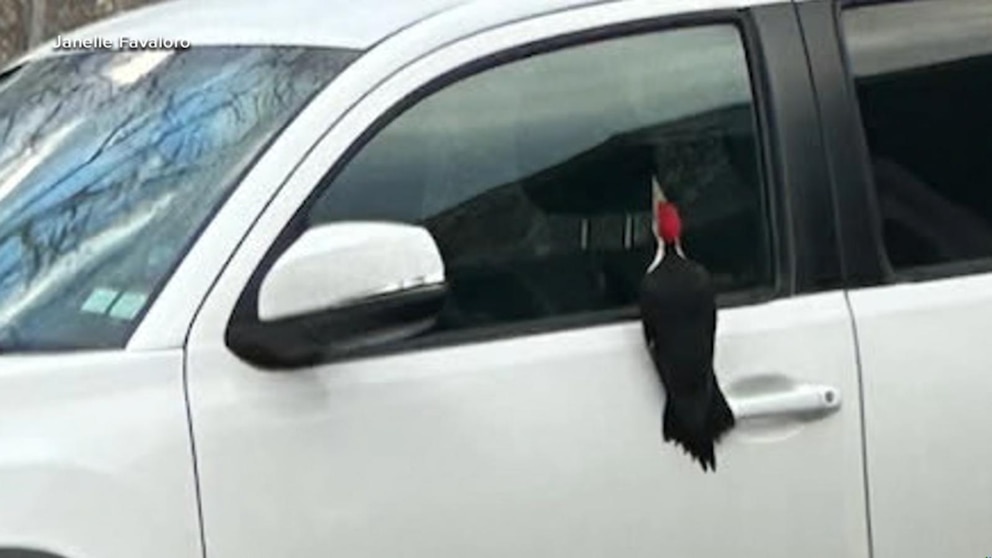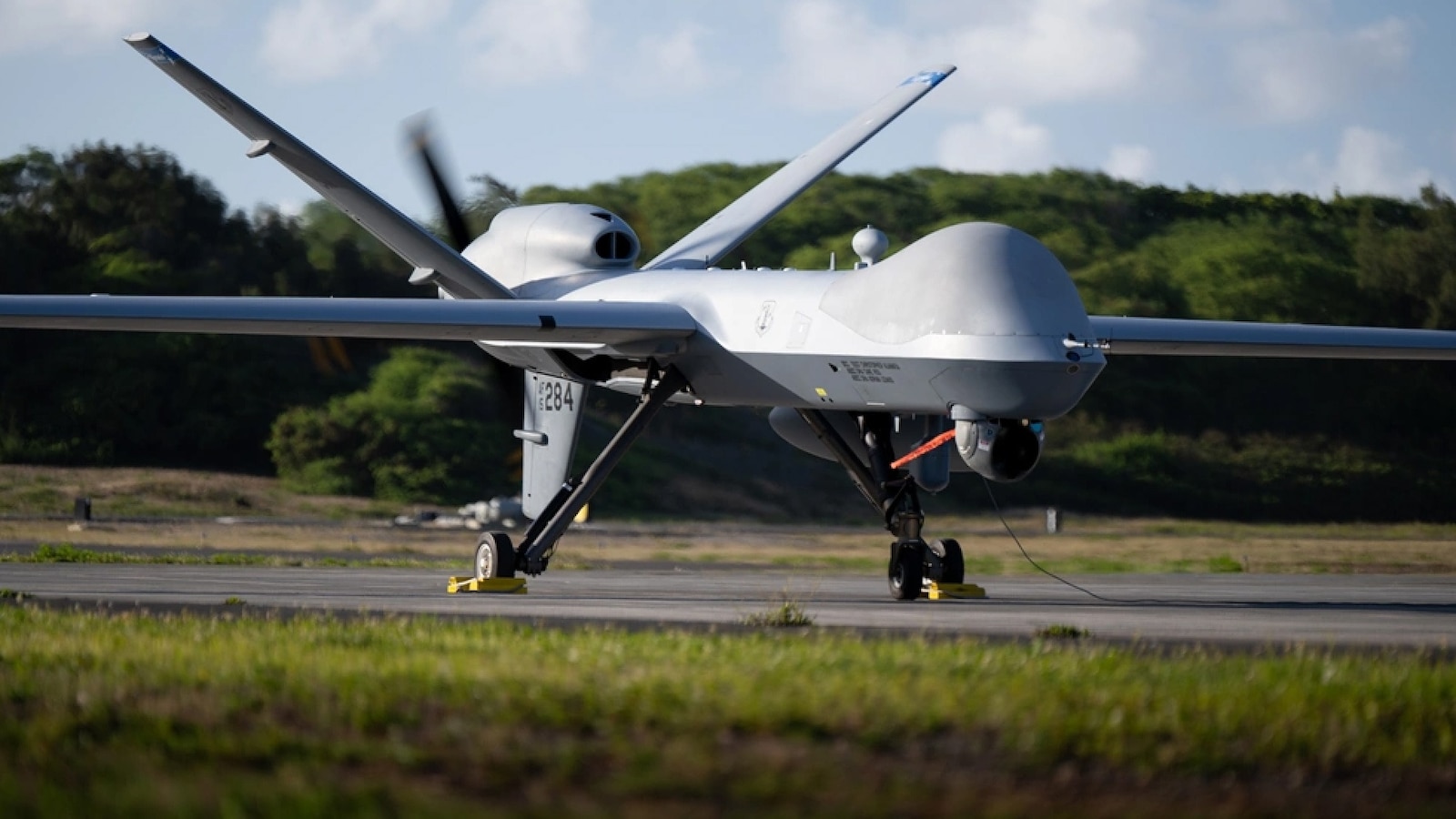
Three U.S. Air Force MQ-9 Reaper drones have been shot down by Houthi militants in Yemen this past week, bringing the number of drones that have been brought down by the Houthis since March 15, when the Trump administration began a sustained air campaign against the militant group, to six, according to a U.S. official.
Since the start of the air operation, the U.S. military has provided few details about the airstrike campaign against the Houthis that the Trump administration has described being much larger than anything undertaken during the Biden administration. The Trump administration has said the intent of the airstrike campaign is for the Houthis to cease their attacks on commercial ships in the Red Sea region.
The last publicly available number of how many U.S. airstrikes had been carried out came from White House press secretary Karoline Leavitt two weeks after the start of the air campaign, when she said more than 200 airstrikes had already been launched.

MQ-9 Reaper aircraft and assigned personnel in Hawaii, Aug. 7, 2024. The MQ-9 Reaper is a remotely piloted aircraft designed to provide persistent intelligence, surveillance, and reconnaissance, as well as precision strike capabilities.
U.S. Air National Guard
The number of airstrikes in what the Pentagon has called Operation Rough Rider has now risen to approximately 750 since March 15, a U.S. official told ABC News.
But in that time, the Houthis have successfully been able to shoot down a significant number of MQ-9 Reaper drones that provide real-time surveillance and reconnaissance information that is key in finding the targets for those airstrikes.

A Houthi security officer stands over the debris of a destroyed building reportedly hit by U.S. airstrikes in Sanaa, Yemen, April 7, 2025.
AP
Seven Reaper drones have been brought down by the Houthis since the beginning of March, with six of them occurring since March 15 and three of them over the past week, the official said. At least 15 Reapers have been brought down by the Houthis since October 2023, when they began targeting commercial shipping in the Red Sea region in what they claim was done in support of Hamas.
The U.S. Air Force has about 280 Reapers in its inventory, each costing about $28 million, according to the Congressional Research Service.
The U.S. airstrikes have been carried out by U.S. Navy F/A-18 aircraft launched from two aircraft carriers in the region, as well as by half a dozen B-2 stealth fighters from Diego Garcia, an island in the Indian Ocean.
The cost of the air campaign has grown as additional assets have been moved into the region, according to U.S. officials, who said it cost an estimated $200 million worth of munitions in early April and that the costs were soon expected to increase to $1 billion.
Congressional staffers were recently briefed that the airstrike campaign had experienced only limited success in destroying Houthi military weapons supplies, such as drones, missiles and command and control operations, much of which is stored in underground bunkers. The impact has been limited because the Houthis have fortified those bunkers, officials said.

Yemenis at Farwah market, which Houthis said was struck by U.S. airstrikes, in Sanaa, Yemen, April 21, 2025.
AP
Last week, U.S. Central Command acknowledged an airstrike against the Houthi-controlled Ras Isa Fuel Port that it said was a funnel point for fuel that the Houthis used for their attacks on commercial shipping.
“The objective of these strikes was to degrade the economic source of power of the Houthis, who continue to exploit and bring great pain upon their fellow countrymen,” a statement from U.S. Central Command said. “This strike was not intended to harm the people of Yemen, who rightly want to throw off the yoke of Houthi subjugation and live peacefully.”
The Houthis claimed the attacks killed at least 80 people and wounded more than 150.

